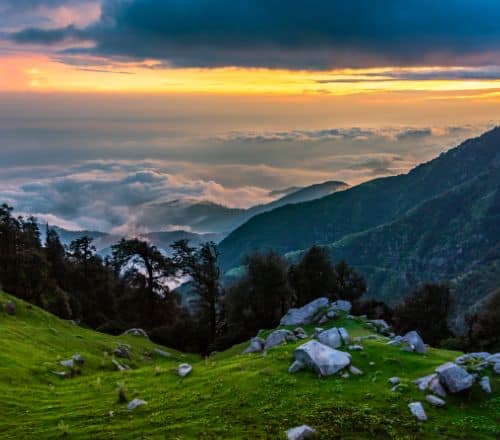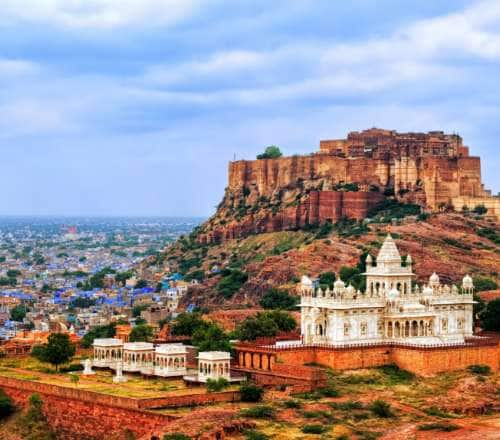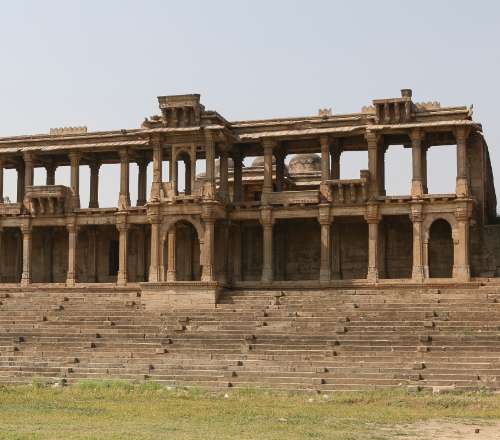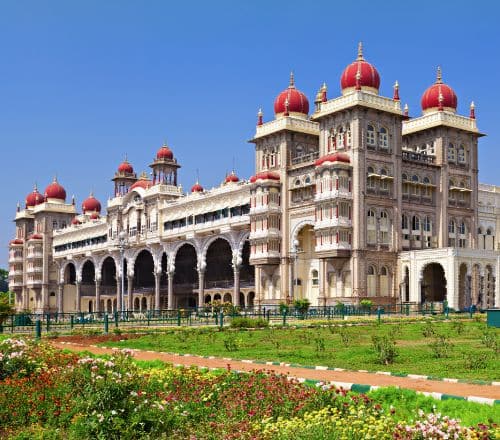Stay logged in to proceed with bookings, orders and offers.
On changing the terminal, you will loose items in your cart. Are you sure you want to change your terminal?
A guide to experiencing the festival of the Sun in the City of Temples
January is almost here and most of us are busy planning our annual escapades. India has various exquisite locations for travel enthusiasts. Some of these are hidden gems waiting to be discovered. One such gem is Guwahati, the city of temples and the capital of the Indian state of Assam.
Guwahati is famous for its unique Makar Sankranti traditions. A Hindu festival that falls on January 14 every year, Makar Sankranti marks the end of the harvest season when people come together to celebrate. This is a great time to visit Guwahati and be a part of the celebrations.
Makar Sankranti marks the transition of the sun into the zodiac sign of Makar or Capricorn. In some parts of India, people take dips in holy rivers. Cooking a variety of delicious sweets is also part of the celebrations.
In Guwahati, the festival is known as Magh Bihu or Bhogali Bihu. People celebrate it by offering prayers to the Sun God, flying kites, and more – here is everything you need to know about this magical time in Guwahati.
Read More
Read Less
The festival is celebrated over two days — Uruka and Bhogali Bihu. People get together and prepare a feast on the first day. They build huts called Meiji, made of bamboo, leaves, and firewood. These huts are burned down the next day. The second day starts with a dip in the holy waters of Brahmaputra. People wear traditional attire and enjoy Bhuj, a local feast made from freshly harvested crops.
Kite flying is a popular activity in Guwahati. People of all ages enjoy flying kites. The activity is especially popular during Makar Sankranti. On this day, people gather in open spaces to fly kites. You will find people flying kites from rooftops, parks, and fields. The sky is filled with colourful kites of all shapes and sizes. The sound of kites flapping in the wind can be heard everywhere.
Flying kites is often highly competitive here. Competitions are held for this sport during Makar Sankranti. The person who cuts down the most number of kites is declared the winner. Flying kites during the festival is not simply a leisure activity. It is a way to celebrate the festival and honour the transition of the sun into the sign of Makar. It is one of the most cherished memories for the people of Guwahati.
The burning of the Meiji is one of the most fascinating experiences of the festival. People gather in open spaces and light large bonfires on day one of Makar Sankranti. Around these meijis, belaghars are built using bamboo, leaves, and thatch. The Meiji is fashioned as a temple and bhelaghar is a hut. People enjoy the feast in the bhelaghar and also spend the night there.
The entire night is a carnival. People play dhol, sing Bihu folk songs, and dance around the bonfire. The bonfires are an important part of the festival. They symbolize the burning away of the old to make way for the new. This thought is likely to stick with you as you reinvent yourself for the new year. After the bonfires are lit, people enjoy a feast of traditional sweets. Traditional music and dance performances are also a part of the celebrations.
The city is home to many remarkable temples of the state. Some of the renowned temples include the Kamakhya Temple, Navagraha Temple, and Umananda Temple. People throng to these temples to pray to God during Makar Sankranti. This is believed to bring fortune, health, and wealth to the devotees.
Kamakhya Temple is one of the most important Shakti Peethas in India. Shakti Peethas are temples dedicated to Goddess Shakti, also known as Kamakhya. The temple is located on Nilachal Hill in Guwahati.
Navagraha Temple is another important temple in Guwahati. The temple is dedicated to the nine planetary deities of Hinduism. It is located on Chitrachal Hill in Guwahati. It is a popular pilgrimage centre for people who believe in the power of astrology.
Umananda Temple is a beautiful temple in Guwahati. It is located on Peacock Island in the middle of the Brahmaputra River. The temple is dedicated to Lord Shiva.
Be ready to stimulate your taste buds! You can enjoy elaborate feasts made from fresh produce. The local delicacies are a treat for foodies! The traditional cuisine of the region is known for its unique flavours.
A sour fish curry called Masor Tenga is a popular traditional dish. Khar is a dish made with lentils and vegetables. A type of rice called pitha is also an important dish. Assamese cuisine also includes a variety of snacks and desserts. Some of these are Laru and Japan.
The local dishes are often tangy and spicy. They are typically served with rice. The cuisine reflects the diversity of the region. It is influenced by both indigenous and external culinary traditions. The dishes are shared with friends and family to signify togetherness. This is an important part of the celebrations.
Let your hair down! You can enjoy traditional dances and songs during the festival. You can also take part in various competitions. Many communities in Guwahati host special events and activities during Makar Sankranti. These include parades, music, and dance performances. Bihu dances and songs are an important part of the festival.
The Gogona harp is also played during the festival. Another important tradition is the bathing of cows. You can immerse yourself in the festivities and enjoy the local flavours. Don’t forget to wear traditional attire during Makar Sankranti! You can blend with the locals in beautiful Mekhla Chadar or Chola and Churai (Dhoti).
Guwahati is a vibrant city and the weather is pleasant during January. The city comes alive with colourful decorations and a festive atmosphere during Makar Sankranti. This makes it a truly magical time to be in Guwahati.
Did you know that Makar Sankranti was celebrated for the whole month of Magh in the earlier days? Magh is a month of the Hindu Calender. It corresponds to January and February in the Gregorian calendar. Bihu in Assamese means excessive joy! The words combine to form the name of the festival. Magh Bihu means the festival of Joy during Magh!





The Adani One expressly disclaims all liability, direct and indirect, in respect to actions taken or not taken based on any or all the contents of this Blog. The Blog is an opinion of the contributor based on the collation of data from various sources and is provided only for information purpose. Adani One does not canvass, advertise, solicit, invite or induct for any product, merchandise, information, brand or any other materials mentioned in the Blog, nor does it obtain any monetary benefit from the same. Reader is advised to read and apply his/her intellect and discretion in this regard. Any Intellectual Property mentioned in this blog belongs to the rightful owner. We do not intent to claim any interest over the same.